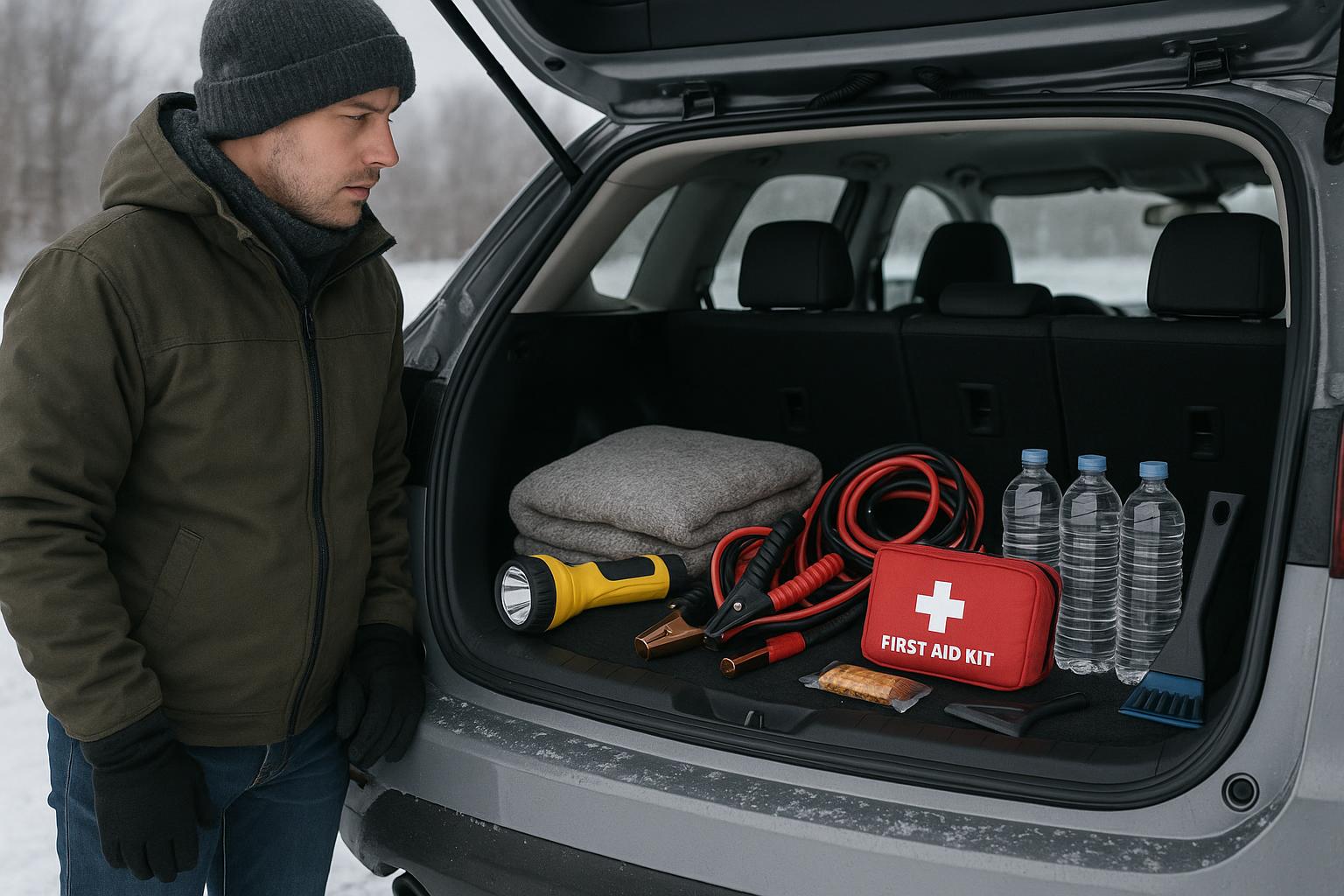Fall protection is essential when working on scaffolding and ladders, as falls from these elevated structures can result in serious injuries or fatalities. However, safety measures in these areas are often overlooked, leading to unnecessary risks. This article emphasizes the importance of fall protection for scaffolding and ladders and explores the implementation of safety measures in commonly overlooked areas. By addressing these areas, employers can ensure the safety and well-being of workers working at heights.
The Importance of Fall Protection for Scaffolding and Ladders
Fall protection is crucial for workers on scaffolding and ladders due to the significant risks associated with falls from these elevated structures. Here are a few reasons why fall protection is of utmost importance:
- Heightened Risk: Working on scaffolding and ladders exposes workers to increased fall hazards. The potential for slips, trips, or structural instability makes it essential to implement proper fall protection measures to prevent accidents.
- Legal Compliance: Regulatory bodies, such as OSHA, require employers to provide fall protection systems for workers on scaffolding and ladders. Compliance with these regulations not only ensures the safety of workers but also helps employers avoid penalties and legal consequences.
- Worker Confidence: By implementing effective fall protection measures, employers instill confidence in workers. When employees feel protected and secure while working at heights, they can focus on their tasks without distractions or fears of falling, leading to increased productivity and morale.
- Injury Prevention: Falls from scaffolding and ladders can result in severe injuries, including fractures, head trauma, and spinal cord injuries. By implementing fall protection measures, employers can significantly reduce the risk of such injuries and promote a safer work environment.
Implementing Safety Measures for Scaffolding
To ensure fall protection on scaffolding, employers should implement the following safety measures:
- Guardrails: Install sturdy guardrails along all open sides and ends of scaffolding platforms. Guardrails should be at least 42 inches high and have a midrail and toeboard to prevent workers from accidentally falling off the scaffolding.
- Toeboards and Mesh Screens: Secure toeboards along the edge of the scaffolding platform to prevent tools, equipment, or materials from falling. Mesh screens can also be installed to provide additional protection against falling objects.
- Safe Access: Ensure that scaffolding is equipped with safe access points, such as properly secured ladders, stairs, or ramps. Workers should be able to access and exit scaffolding safely without the need to climb or jump from heights.
- Inspection and Maintenance: Regularly inspect scaffolding for any signs of damage, instability, or defects. Conduct maintenance and repairs promptly to ensure the structural integrity and stability of the scaffolding system.
Implementing Safety Measures for Ladders
To enhance fall protection on ladders, employers should consider the following safety measures:
- Proper Selection: Choose the appropriate ladder for the specific task and working conditions. Consider factors such as ladder height, weight capacity, and stability to ensure worker safety.
- Secure Placement: Place ladders on stable and level surfaces, and secure them to prevent accidental movement or slipping. Use ladder levelers or stabilizers when working on uneven ground.
- Three-Point Contact: Encourage workers to maintain three-point contact (two hands and one foot or two feet and one hand) while ascending, descending, or working on a ladder. This ensures stability and reduces the risk of falls.
- Fall Arrest Systems: Consider using fall arrest systems, such as ladder safety devices or personal fall arrest systems (PFAS), when working on ladders at heights where a fall could occur.
Addressing Commonly Overlooked Areas
To enhance fall protection, employers should address commonly overlooked areas related to scaffolding and ladder safety:
- Training and Education: Provide comprehensive training to workers on the proper use of scaffolding and ladders, as well as fall protection measures specific to these areas. Training should cover hazard recognition, safe work practices, and the proper selection, setup, and maintenance of scaffolding and ladders.
- Supervision and Monitoring: Assign competent supervisors to oversee scaffolding and ladder operations. Ensure they actively monitor workers, correct unsafe behaviors, and enforce compliance with fall protection measures.
- Regular Inspections: Conduct regular inspections of scaffolding and ladders to identify potential hazards or deficiencies. Promptly address any issues identified during inspections to maintain a safe working environment.
- Fall Protection Equipment: Provide workers with appropriate fall protection equipment, such as harnesses, lanyards, or lifelines, when working on scaffolding or ladders at elevated heights where a fall could occur.
Fall protection for scaffolding and ladders is crucial to prevent accidents and injuries when working at heights. By implementing safety measures, such as guardrails, safe access points, inspection and maintenance protocols, proper ladder selection, secure placement, three-point contact, and fall protection systems, employers can significantly reduce the risk of falls in these areas. Additionally, addressing commonly overlooked areas, including training and education, supervision and monitoring, regular inspections, and providing appropriate fall protection equipment, enhances the overall effectiveness of fall prevention efforts. By prioritizing fall protection for scaffolding and ladders, employers promote a safer work environment, protect workers, and comply with regulatory requirements.



